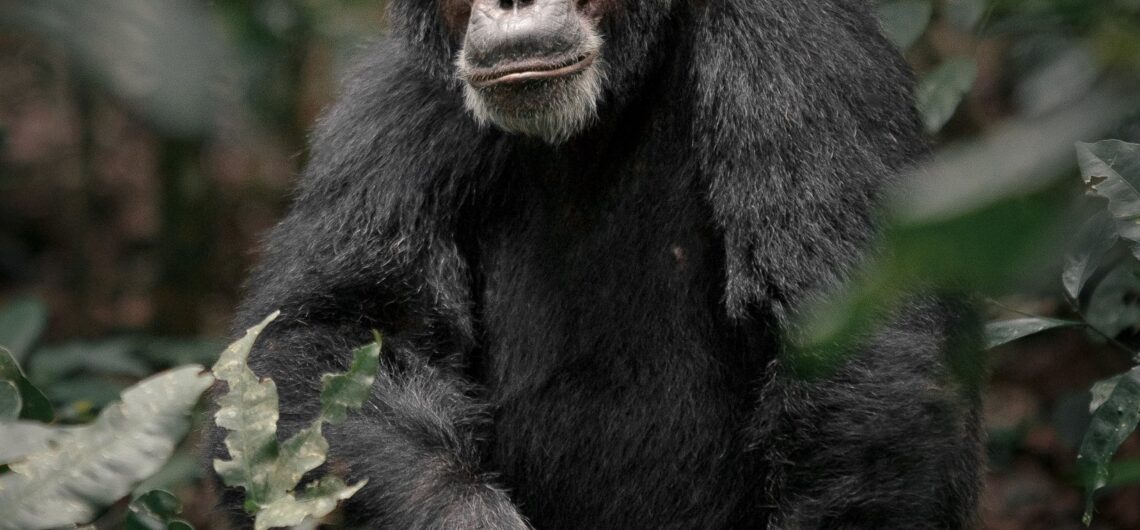Kibale Forest, Uganda’s most evergreen rainforest, is protected by Kibale National Park, which is situated in the Kabarole district in western Uganda. The 766 square kilometer game park is made up of lowland and montane forests with varying topographies, and it is situated between 3600 and 5200 feet above sea level.
Kibale National Park replaced the park’s original name, Kibale Forest National Park. The park was created in 1993 to promote greater preservation of the local wildlife and woodland, which was initially gazetted in 1932. In western Uganda, Kibale National Park and Queen Elizabeth National Park share a forest. Due to the two parks’ unusual border, a 180 km wildlife corridor is created, serving as a vital home for a variety of animal species, particularly ape species.
One main kind of vegetation dominates the park, with a few additional varieties covering relatively small sections of the game park. The park’s main ecosystems include tropical rainforest, sporadic grasslands, and some marshes. The park has approximately 200 distinct tree species, including the critically endangered Cordia millenii and Entandrophragma Angolense, since it has both montane and lowland woods. In the park, ferns, Pollia Condensata, and Palisota are some of the more prevalent tree species.
Kibale National Park has a variety of animal species that live in its many regions due to its diverse plant and terrain types. Primate species are the most well-known forest inhabitants. There are thirteen different species of primates in Kibale National Park, including chimpanzees, red-tailed monkeys, black and white colobus monkeys, L’hoest monkeys, vervet monkeys, olive baboons, blue monkeys, grey-cheeked mangabeys, bush babies (Demidoff Galago), the potto, patas monkeys, and Uganda mangabeys.
The park is home to a variety of different wildlife species, such as the giant forest hog, warthogs, bush pigs, blue, red, and Peter’s duiker, buffaloes (though these two enormous creatures are rarely seen), and bushbucks.
Kibale National Park is also a birder’s heaven and a refuge. Owing to its diverse habitats, which include tropical rain forests, the park has recorded over 370 bird species. Among these are four unique species that have never been documented in any other national park in Uganda: Cassin’s spinetail, blue-headed bee-eater, Nahan’s francolin, and Masked Apalis.
Additionally, the park boasts a variety of forest species, including the well-known African pitta, which is a fixture on most birders’ checklists. From November to April, don’t miss the chance to see migrating birds. The Bigodi Wetland Sanctuary is one of the greatest places in Kibale National Park to see birds. It is a well-organized community initiative where knowledgeable and trained tour guides take guests on a four-hour birdwatching walk.
Chimpanzee trekking at Kibale National Park.
With so many different primates, chimpanzees in particular, the park is renowned for being the primate capital of the world. The greatest chimpanzee trekking experiences in East Africa may be found in the Kibale National Park. Despite having a population of over 1,000 chimpanzees, only four of the families are habituated.
Tracking down the habituated chimpanzee groups entails traveling several pathways. This exciting excursion offers the chance to see amazing scenes of many animal species, including monkeys and bush babies, among others.
Additionally, the activity offers the chance to spend an hour studying the behavior of chimpanzees, including how they interact with one another, what they eat, and when they eat.
Chimpanzee habituation at Kibale National Park.
Visitors and a group of qualified guides, researchers, and rangers look for chimpanzees and spend time with them in order to acclimate them to human presence. This activity is mostly conducted in Kibale National Park. Visitors spend more time with the chimpanzees during this four- to five-hour excursion than they do during the one-hour chimpanzee trekking experience.
Birding at Kibale National Park.
As was previously noted, Kibale National area serves as a habitat for around 370 bird species, including forest species, migratory species, and unique birds from the Albertine Rift. These species are attracted to the area due to its diverse and lush flora.
Kibale Forest, Bigodi Wetland Sanctuary, and the southern portion of the park at Kanyachu Visitors Center, where activities often begin in the early morning, are a few of the greatest places to go birdwatching in Kibale National Park.
Cultural encounters at Kibale National Park.
As part of the cultural encounter experience, visitors visit nearby villages and see and learn about things like customs, conventions, and way of life. The Bakiga and the Batooro make up the majority of the local population that lives around the park.
The Kibale Association for Rural Environment Development, or KAFRED, is an association made up of residents who organize events like these. They also offer traditional meals, entertain guests, and sell products to tourists as mementos. Among other things, the activity includes touring the breathtaking Rwenzori mountains and the farms of the people.
Which season is ideal for visiting Kibale National Park?
While the game park is open year-round, the ideal times to visit Kibale National Park are often in the summer months of June through July and December through February. Because of the slick roads during the wet season, it is difficult to access all of the park’s attractions.

